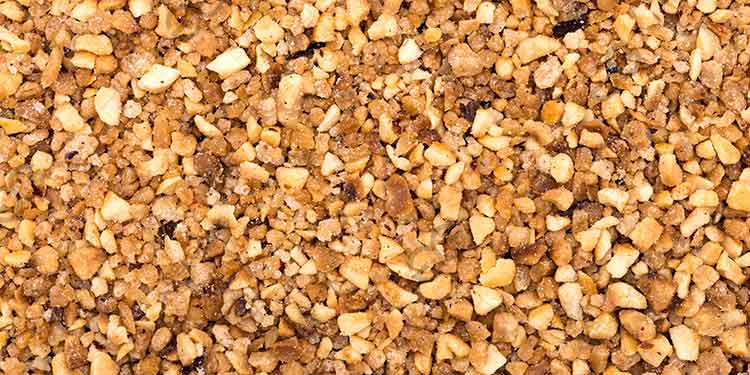
How Is Commercial Pesto Made?
Pesto is a classic Italian condiment made primarily from basil, pine nuts, garlic, cheese, and olive oil. Due to its rich aroma and versatility, its market demand is steadily increasing. Consequently, many companies have begun large-scale production. So How is commercial pesto made? Below, we will introduce the main processes.
1. Main Ingredients
Pesto recipes may vary depending on the brand and market positioning, but common core ingredients include: basil, olive oil, pine nuts or other nuts, garlic, cheese, seasonings, etc.
2. Pesto Production Process
Washing → Grinding → Mixing → Emulsification → Vacuum Degassing → Filling → Sterilization → Cooling
①. Raw Material Pre-treatment
✔ Basil Washing and Impurity Removal
Use a washing machine to ensure the leaves are not damaged and to thoroughly remove dirt and sand.
✔ Nut Sorting and Roasting
Pine nuts or cashews are usually lightly roasted to enhance their aroma.
✔ Garlic Peeling and Crushing
Use a garlic peeler and crusher to improve efficiency.
② Ingredient Weighing and Adding:
Following the set recipe, weigh all ingredients including basil, nuts, garlic, cheese, olive oil, and seasonings, and add them to the mixing bowl.
In industrial production, strict control over recipe proportions is essential to ensure consistency in the finished product.
③Stirring and homogenization:
Use a high-shear emulsifier or vacuum homogenizer for high-speed stirring to fully break down the raw materials and form a fine pesto.
④Vacuum degassing:
Vacuum degassing is performed after homogenization to further reduce air bubbles in the product, making the pesto more stable and less prone to oxidation.
⑤Filling:
In industry, automated filling and sealing machines are used for precise filling, maintaining a tight seal and minimizing oxygen exposure.
⑥ Sterilization Treatment
To extend shelf life, pasteurization is typically performed by heating at approximately 90–95°C for a short time, effectively killing microorganisms and preserving flavor.
⑦ Cooling and Labeling/Packaging
Rapid cooling after sterilization prevents prolonged high temperatures from affecting the sauce's color and flavor.
The above are the main equipment for pesto sauce production. If you would like to learn more about this production line, please contact us.

Leave a Reply